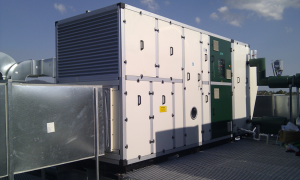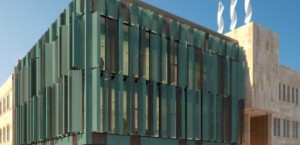Preservation Systems
Desiccant dehumidifier provides dry air to the required space. Desiccant dehumidifier provides preservation of the books, artwork and other organic materials that under normal environmental conditions thrive which cause irreversible damage. Other benefits of a desiccant system provide mold prevention to the dehumidified space making it more hygienic.  These systems have been implemented into the following libraries and archives around Australia:
These systems have been implemented into the following libraries and archives around Australia:
- Rockhampton University
- National archives Australia Villawood
- University Newcastle
- Newcastle council
- Canberra Museum
- Paradise Resort
- Katoomba Gallery
CASE : Mould Prevention at Central QLD University
DOAS (dedicated outdoor air systems) is a practice that is developing in humid climates to tackle IAQ (indoor air quality) issues especially regarding mould. The idea is to reduce the excessive power consumption of overcooling the large amounts of re-circulating airflows by utilising a desiccant DOAS dehumidifier to remove the moisture instead. This is a much more desirable as it is proven to substantially reduce your power bills. Seibu Giken DST dehumidifiers have a specialist desiccant which is effective at using waste heat and converting it into dehumidification capacity which is even sufficient to work in the tropics.

The Rockhampton Campus library at the Central Queensland University recently upgraded their library air supply with a desiccant DOAS that supplies the library with a space condition of below 50%RH which is the National library of Australia guidelines. These units run off refrigeration heat and can easily be upgraded to solar. Where exhaust air is available, Seibu Giken DST also offer energy recovery ventilators which are resistant to VOC transfer and provide efficiency of 70-80% for latent and sensible heat as they are 100% counter flow devices.
Implements an Energy reclaim system for significant energy savings for the building this moves the office into top energy efficiency ratings.

